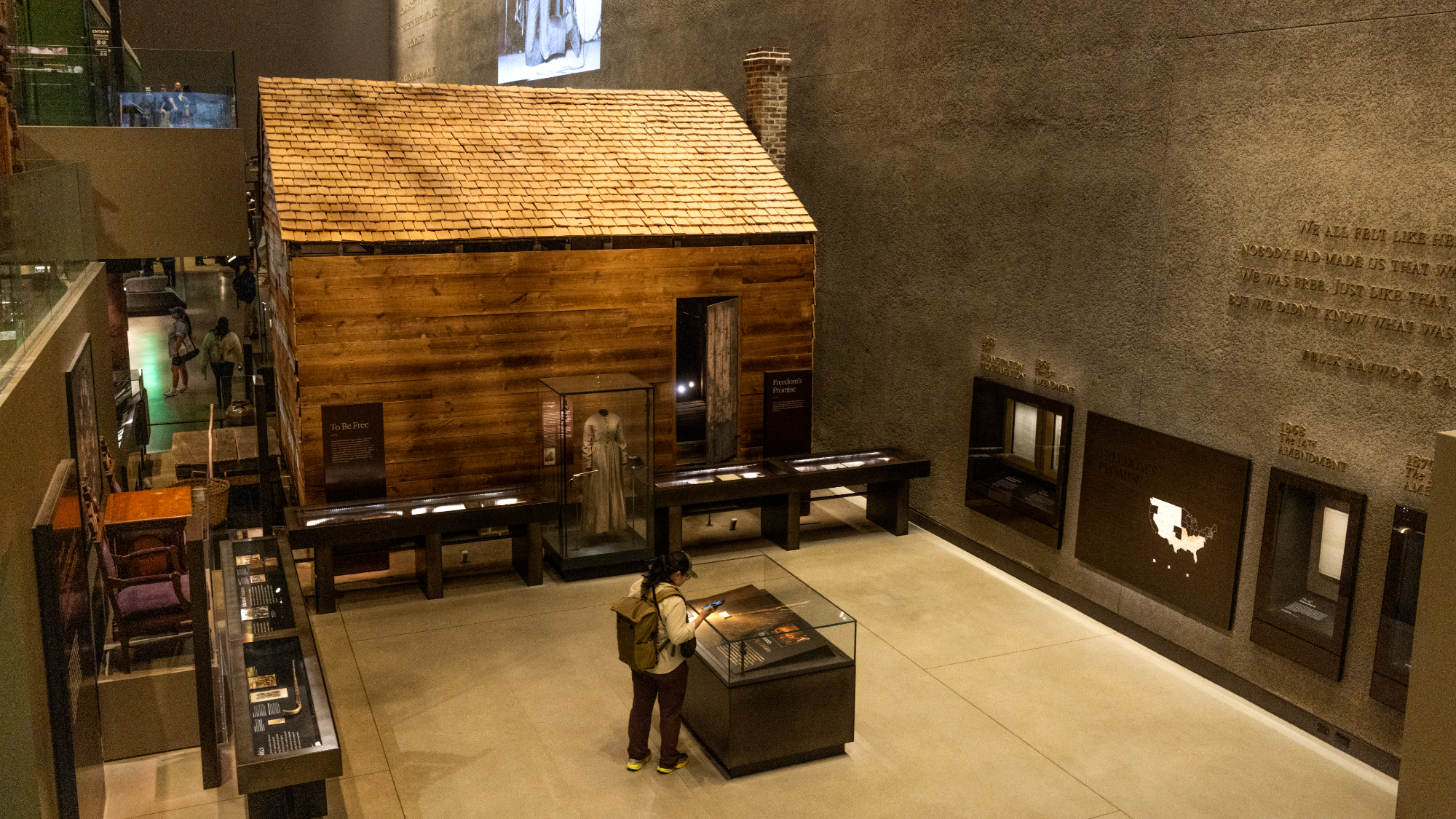An asteroid the size of a football field barely missed Earth in a surprise flyby


In space, an asteroid that comes within 120,000 miles of Earth is considered a close call.
So we should feel lucky that a flying boulder whizzed past us Sunday without incident, especially considering that scientists didn't see the massive rock coming until the last minute. The asteroid, named 2018 GE3, was the size of a football field, measuring about up to 361 feet in diameter.
Because asteroids are relatively small and dark, LiveScience reports, it can be hard to predict when one will approach our planet — which is a fairly rare occurrence anyway. This most recent asteroid passed at half the moon's distance from Earth — about 119,500 miles — but the Catalina Sky Survey didn't spot it until a few hours before because the massive rock reflected so little light.
The Week
Escape your echo chamber. Get the facts behind the news, plus analysis from multiple perspectives.

Sign up for The Week's Free Newsletters
From our morning news briefing to a weekly Good News Newsletter, get the best of The Week delivered directly to your inbox.
From our morning news briefing to a weekly Good News Newsletter, get the best of The Week delivered directly to your inbox.
Telescopes used by NASA are generally on the lookout for much larger and potentially extremely dangerous flying objects, reports LiveScience, so it's easy for skywatchers to miss smaller asteroids that would have only a, say, mildly devastating effect on impact. So rest assured: If a truly enormous asteroid were on its way to slam into Earth, NASA would let you know.
In fact, you can mark your calendar now: An asteroid 10 times the size of 2018 GE3 is coming our way, and will approach our planet in 2036.
A free daily email with the biggest news stories of the day – and the best features from TheWeek.com
Summer Meza has worked at The Week since 2018, serving as a staff writer, a news writer and currently the deputy editor. As a proud news generalist, she edits everything from political punditry and science news to personal finance advice and film reviews. Summer has previously written for Newsweek and the Seattle Post-Intelligencer, covering national politics, transportation and the cannabis industry.
-
 Son arrested over killing of Rob and Michele Reiner
Son arrested over killing of Rob and Michele ReinerSpeed Read Nick, the 32-year-old son of Hollywood director Rob Reiner, has been booked for the murder of his parents
-
 Rob Reiner, wife dead in ‘apparent homicide’
Rob Reiner, wife dead in ‘apparent homicide’speed read The Reiners, found in their Los Angeles home, ‘had injuries consistent with being stabbed’
-
 Hungary’s Krasznahorkai wins Nobel for literature
Hungary’s Krasznahorkai wins Nobel for literatureSpeed Read László Krasznahorkai is the author of acclaimed novels like ‘The Melancholy of Resistance’ and ‘Satantango’
-
 Primatologist Jane Goodall dies at 91
Primatologist Jane Goodall dies at 91Speed Read She rose to fame following her groundbreaking field research with chimpanzees
-
 Florida erases rainbow crosswalk at Pulse nightclub
Florida erases rainbow crosswalk at Pulse nightclubSpeed Read The colorful crosswalk was outside the former LGBTQ nightclub where 49 people were killed in a 2016 shooting
-
 Trump says Smithsonian too focused on slavery's ills
Trump says Smithsonian too focused on slavery's illsSpeed Read The president would prefer the museum to highlight 'success,' 'brightness' and 'the future'
-
 Trump to host Kennedy Honors for Kiss, Stallone
Trump to host Kennedy Honors for Kiss, StalloneSpeed Read Actor Sylvester Stallone and the glam-rock band Kiss were among those named as this year's inductees
-
 White House seeks to bend Smithsonian to Trump's view
White House seeks to bend Smithsonian to Trump's viewSpeed Read The Smithsonian Institution's 21 museums are under review to ensure their content aligns with the president's interpretation of American history


